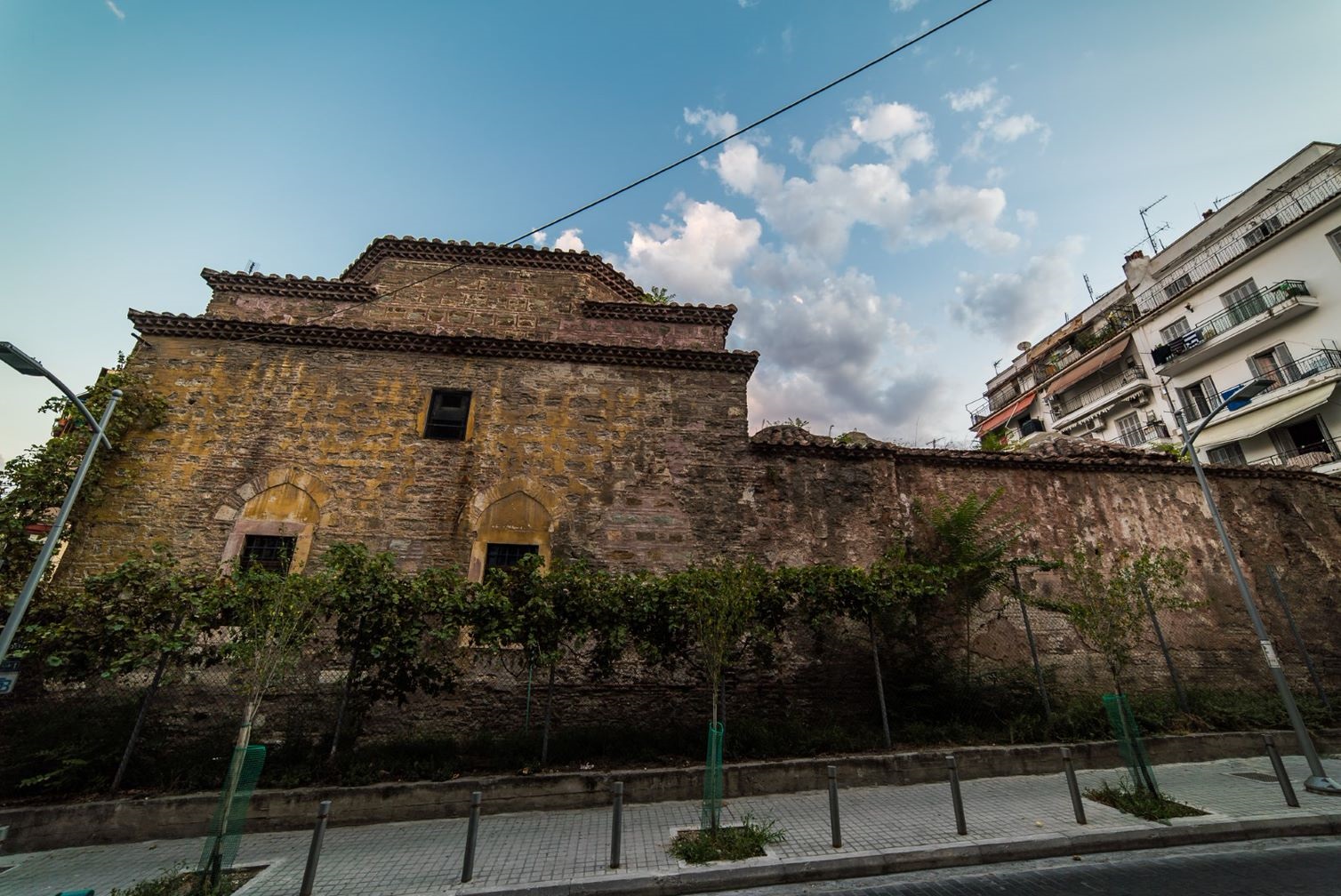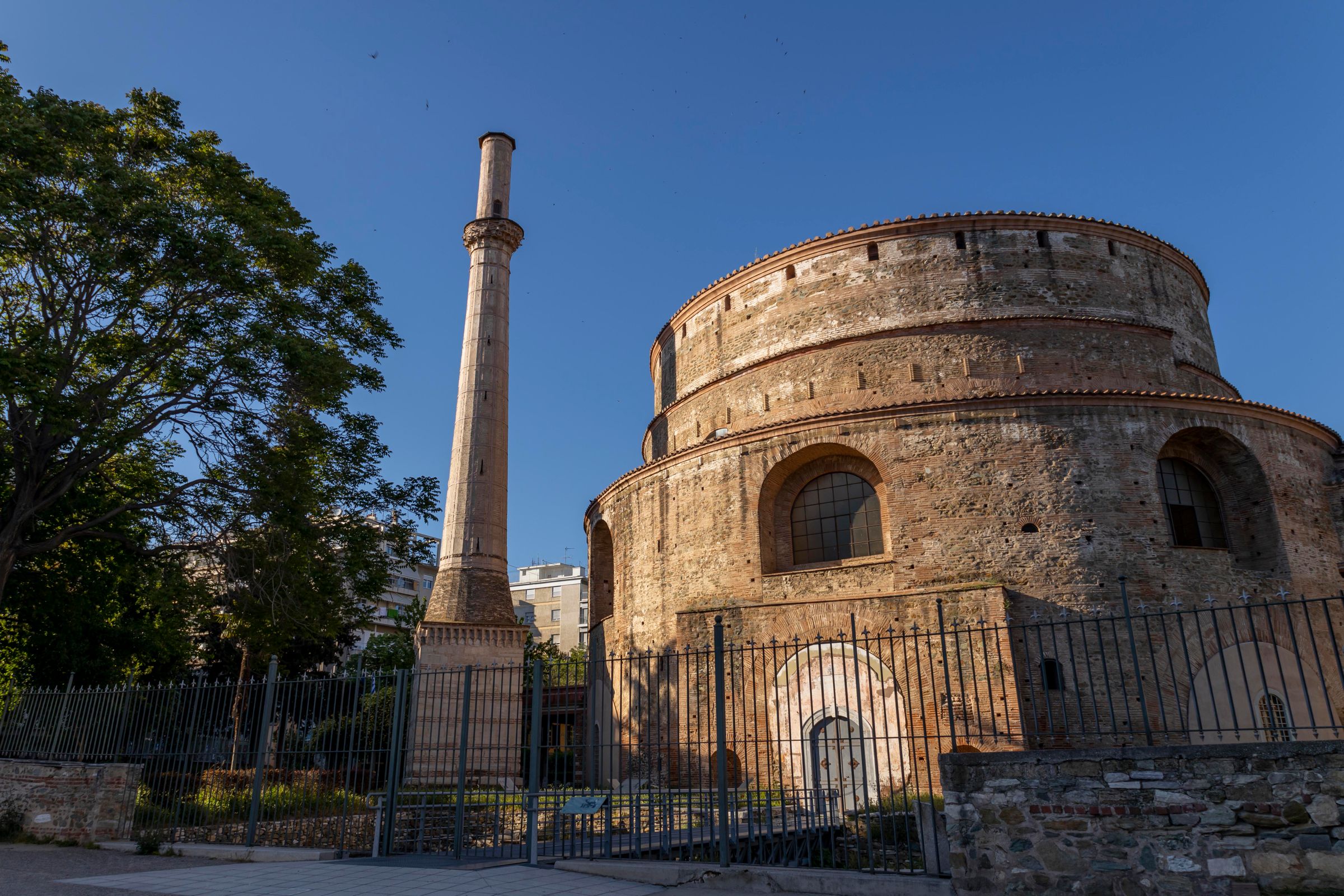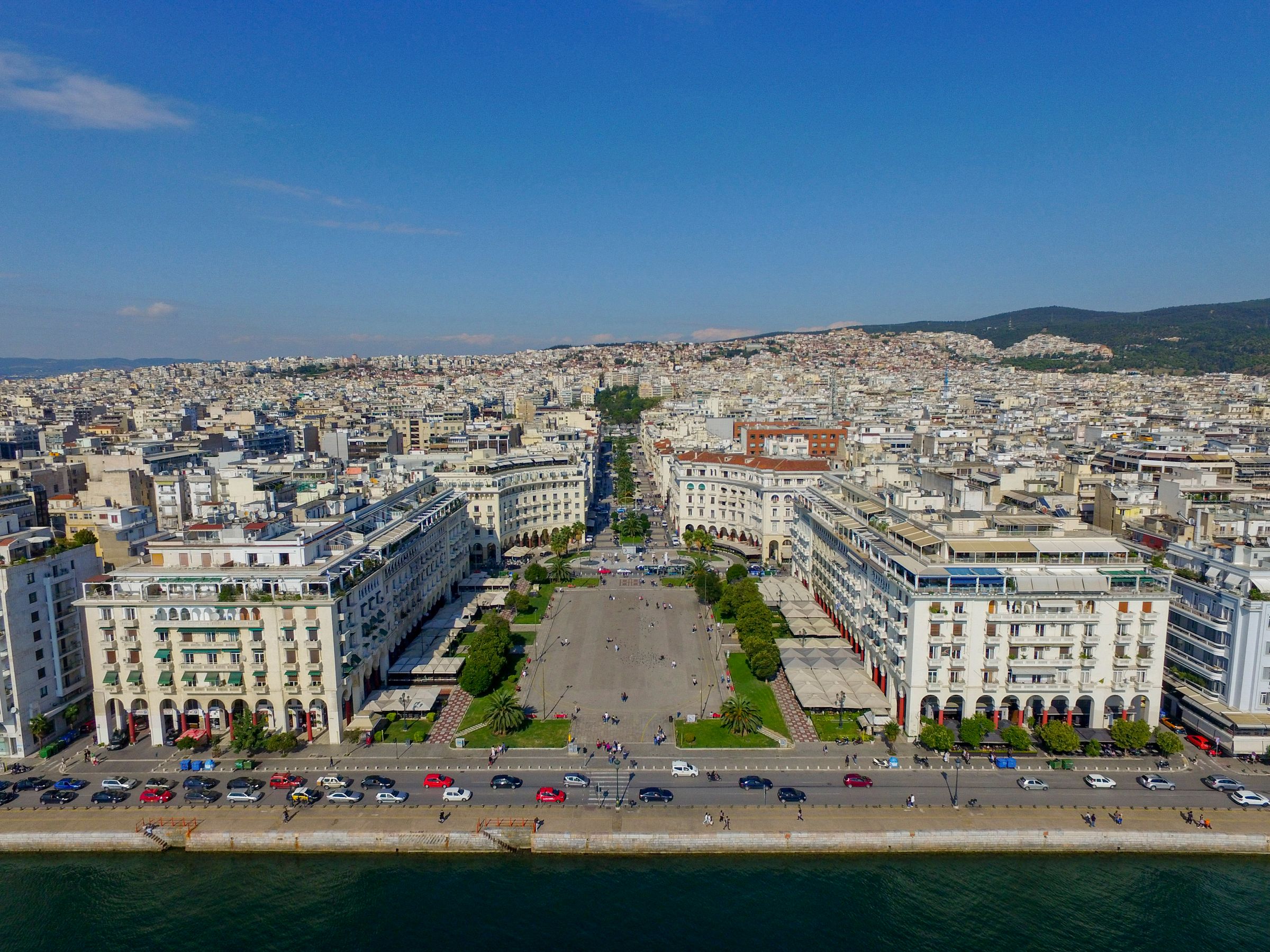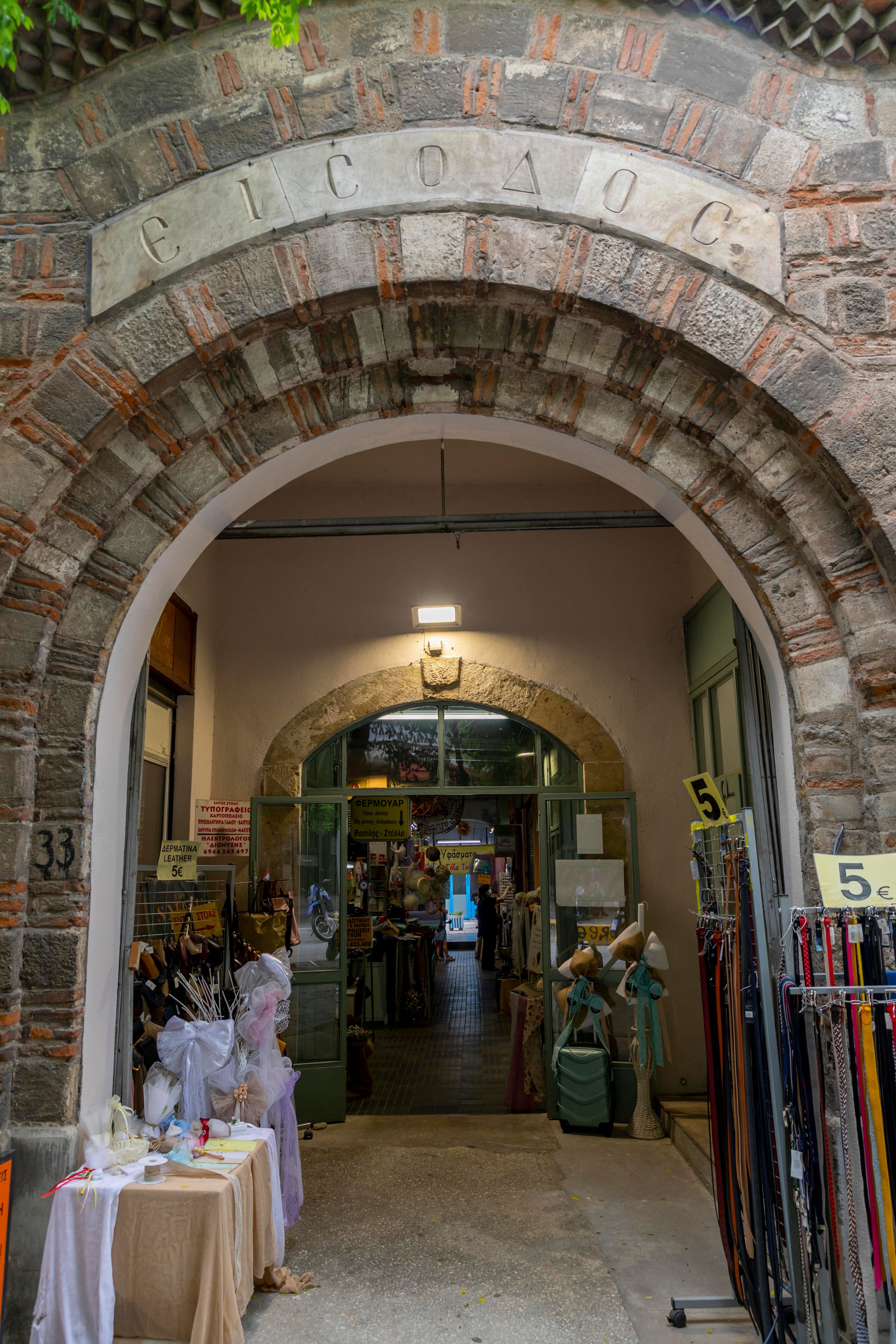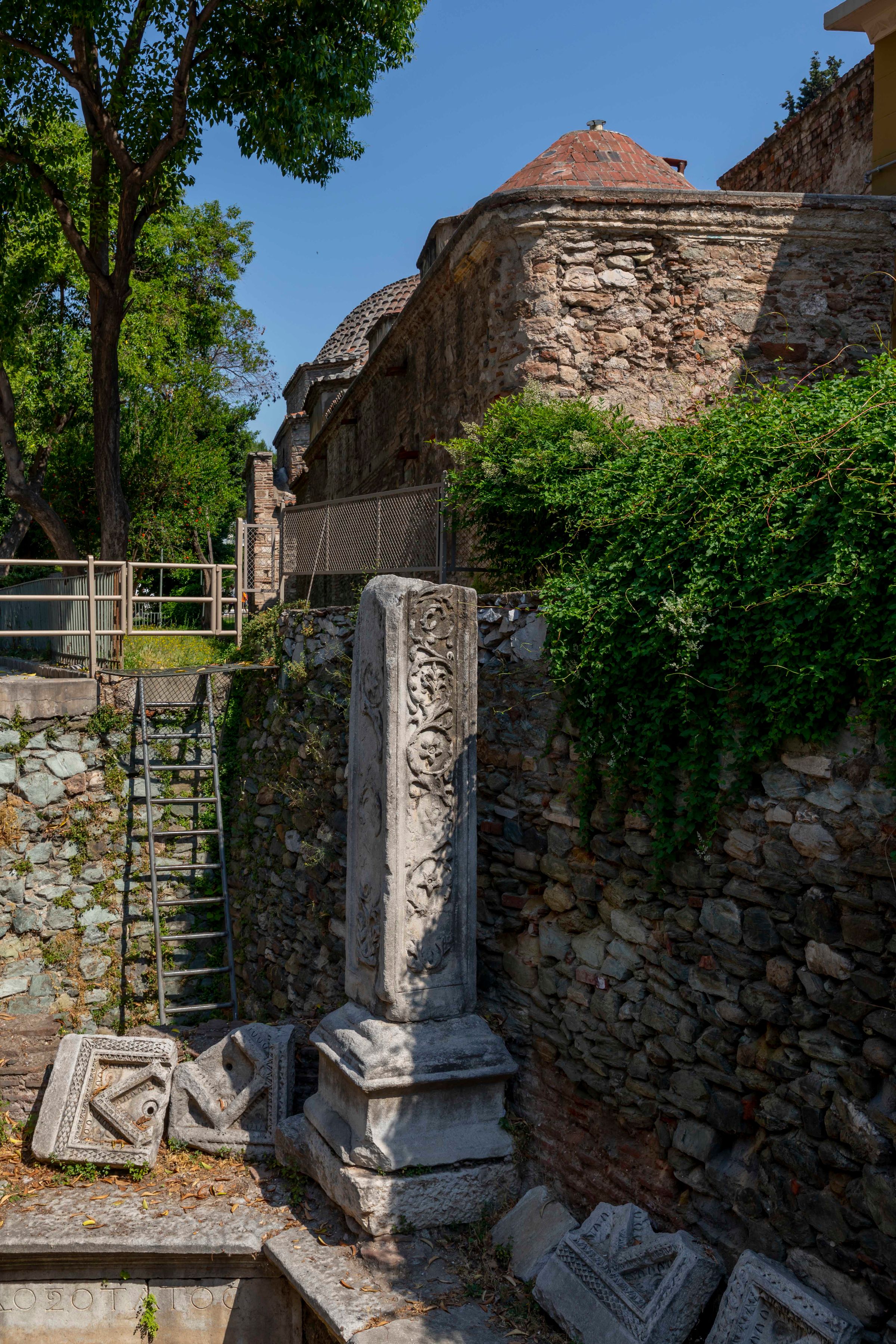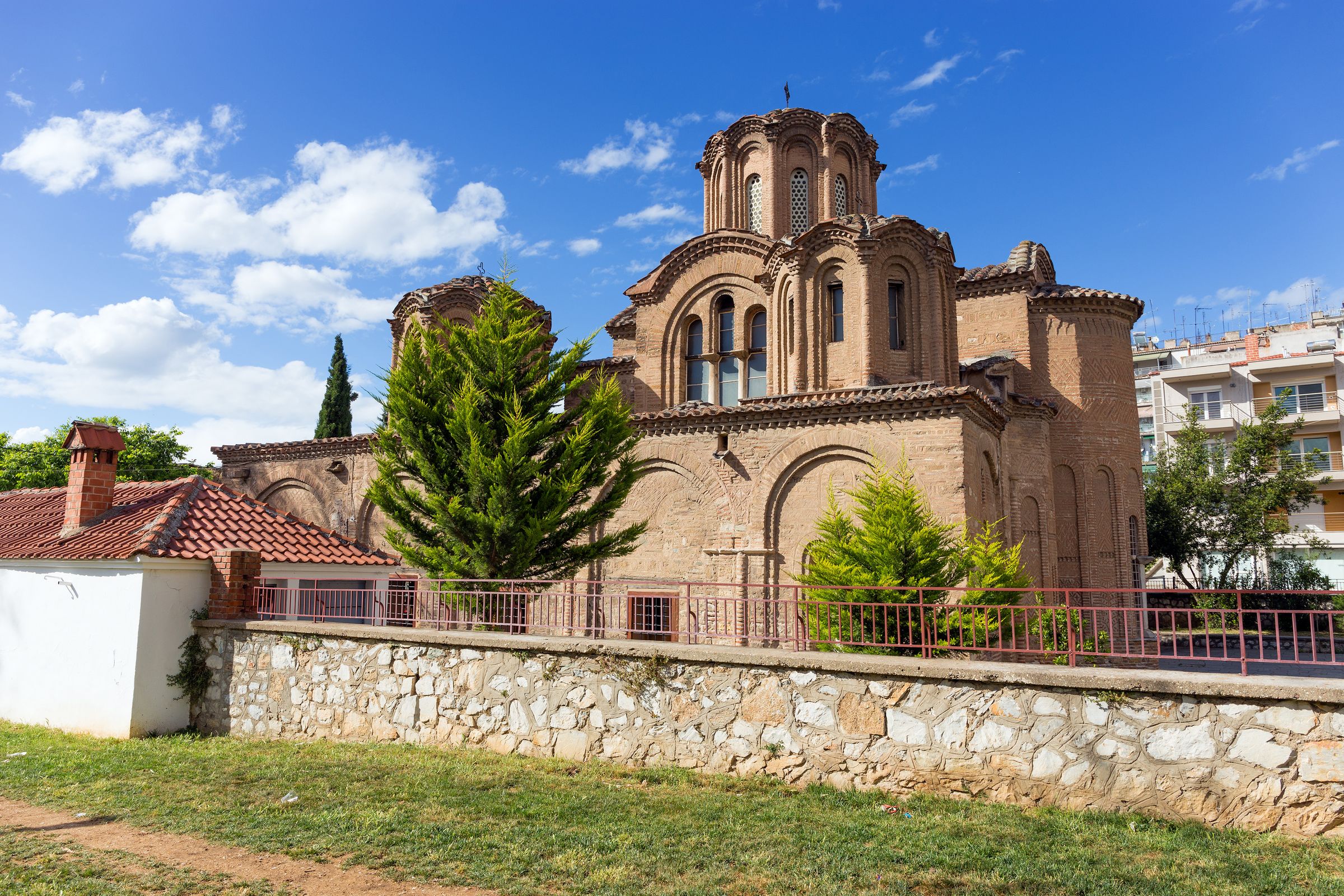
Pasha Hamam (Phoenix Baths)
Pasha Hamam (Phoenix Baths)
The last functioning Ottoman hamam in Thessaloniki
During the Ottoman period in Thessaloniki the public baths (hammams), were distinctive buildings, many of which still preserve their architectural structure and the spirit of a historical period when they served as important social gathering places. The Pasha Hamam, also known as Phoenix Baths, is the last hamam that operated until modern times. It remained open to the public until 1981 when it was deemed unsafe due to damage caused by the 1978 earthquake.
Pasha Hamam was built in the early 16th century (1510-1520) by the then governor of Thessaloniki, Vizier Cezeri Kasim Pasha, who had converted the nearby Church of the Holy Apostles into a mosque. The site originally contained the ruins of an octagonal Early Christian church. Initially, the hamam served only men, but later it was transformed into a dual bathhouse, accommodating women as well, who used the visit to the hamam as one of the few opportunities to leave the house during that time.
The Phoenix Baths were repaired, restored, and currently function as a space for preserving the findings from the excavations of the Thessaloniki Metro. They are easily distinguished by their octagonal dome in the main building, located near Vardaris Square.


